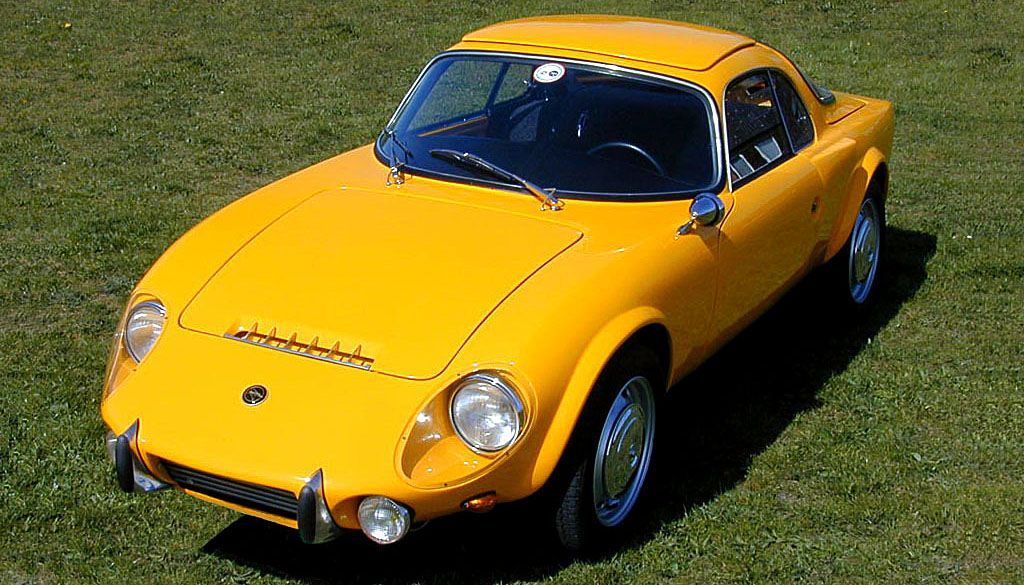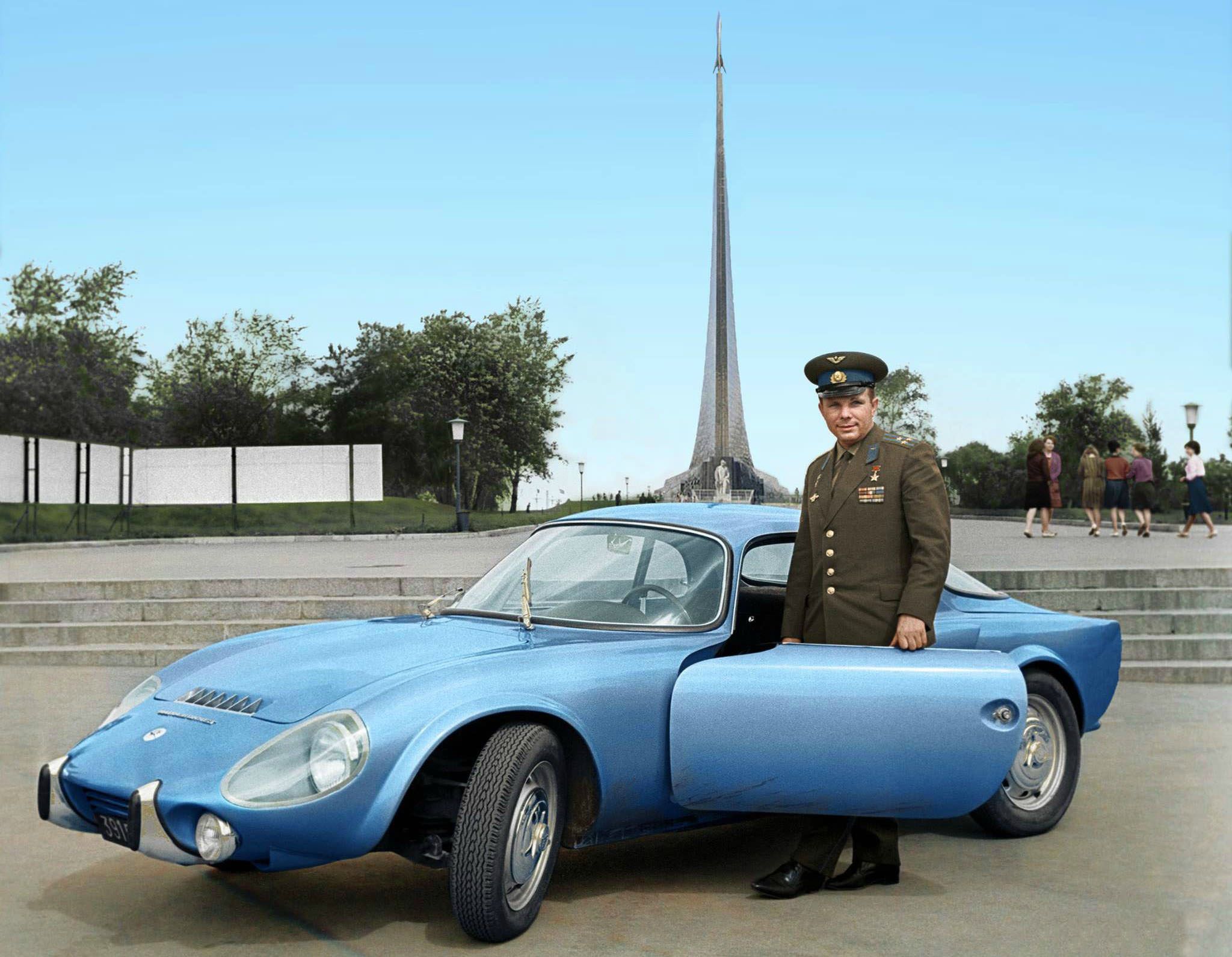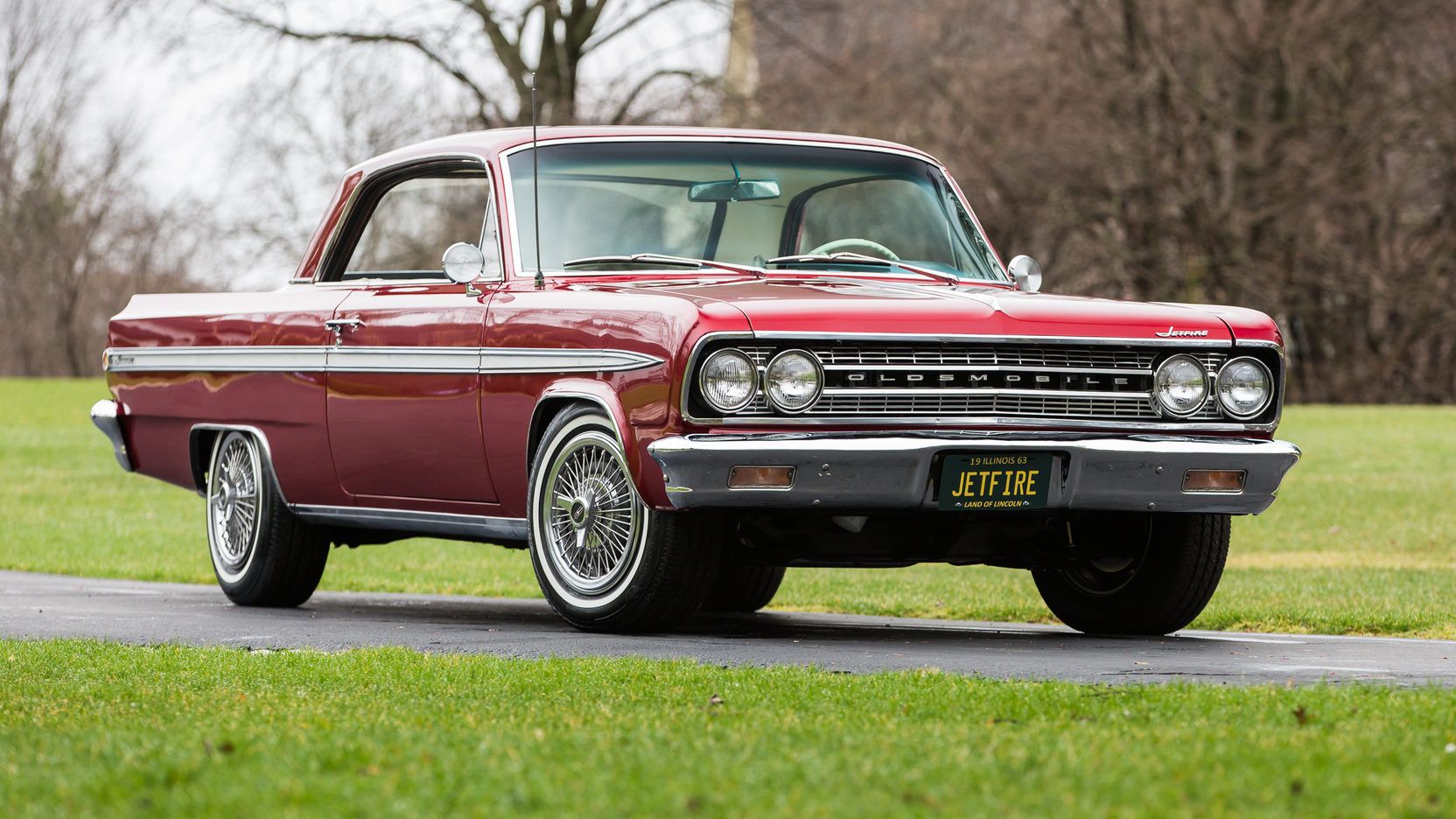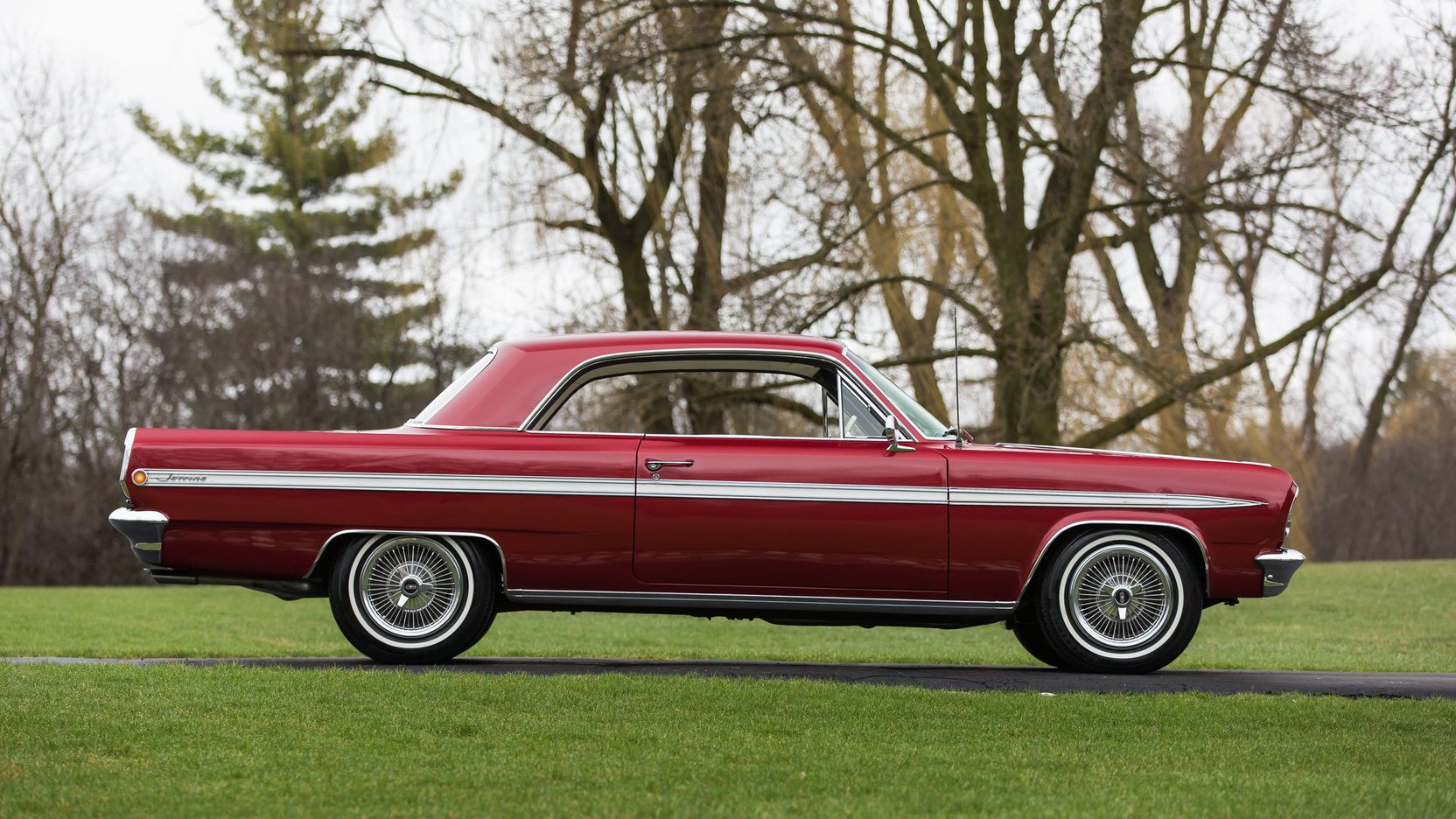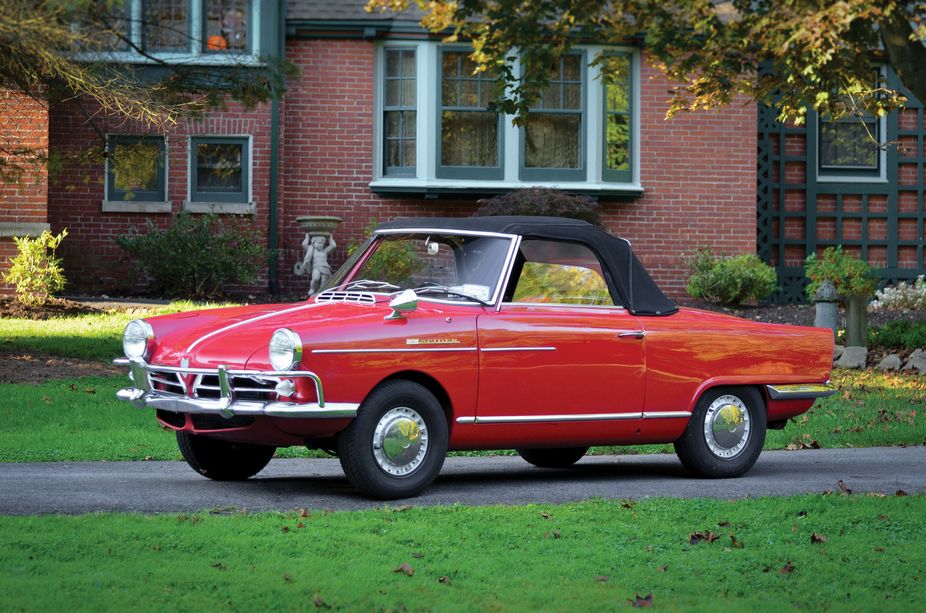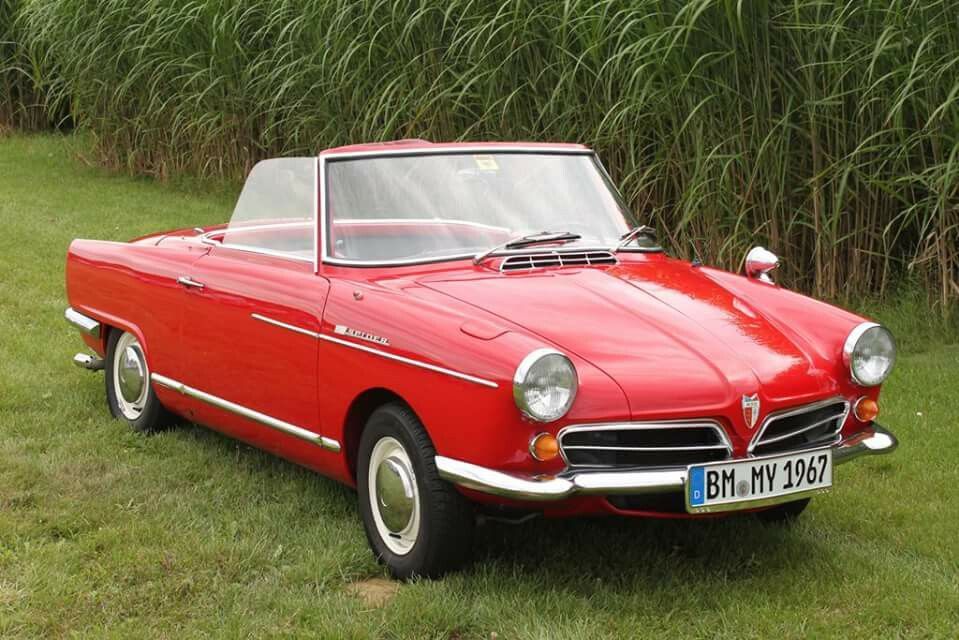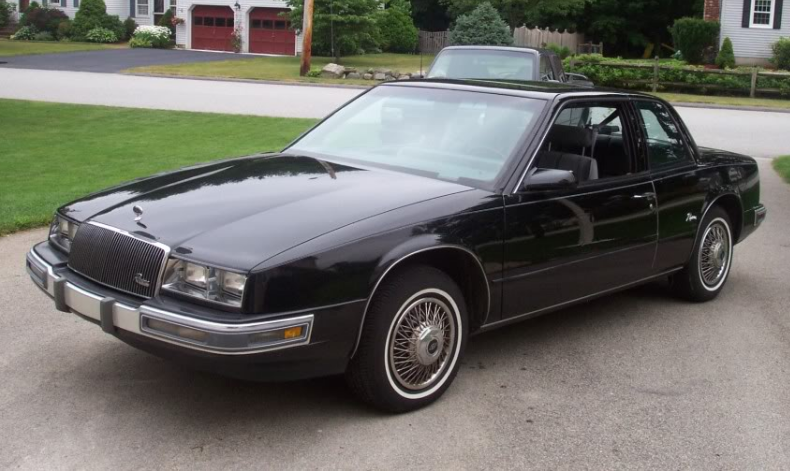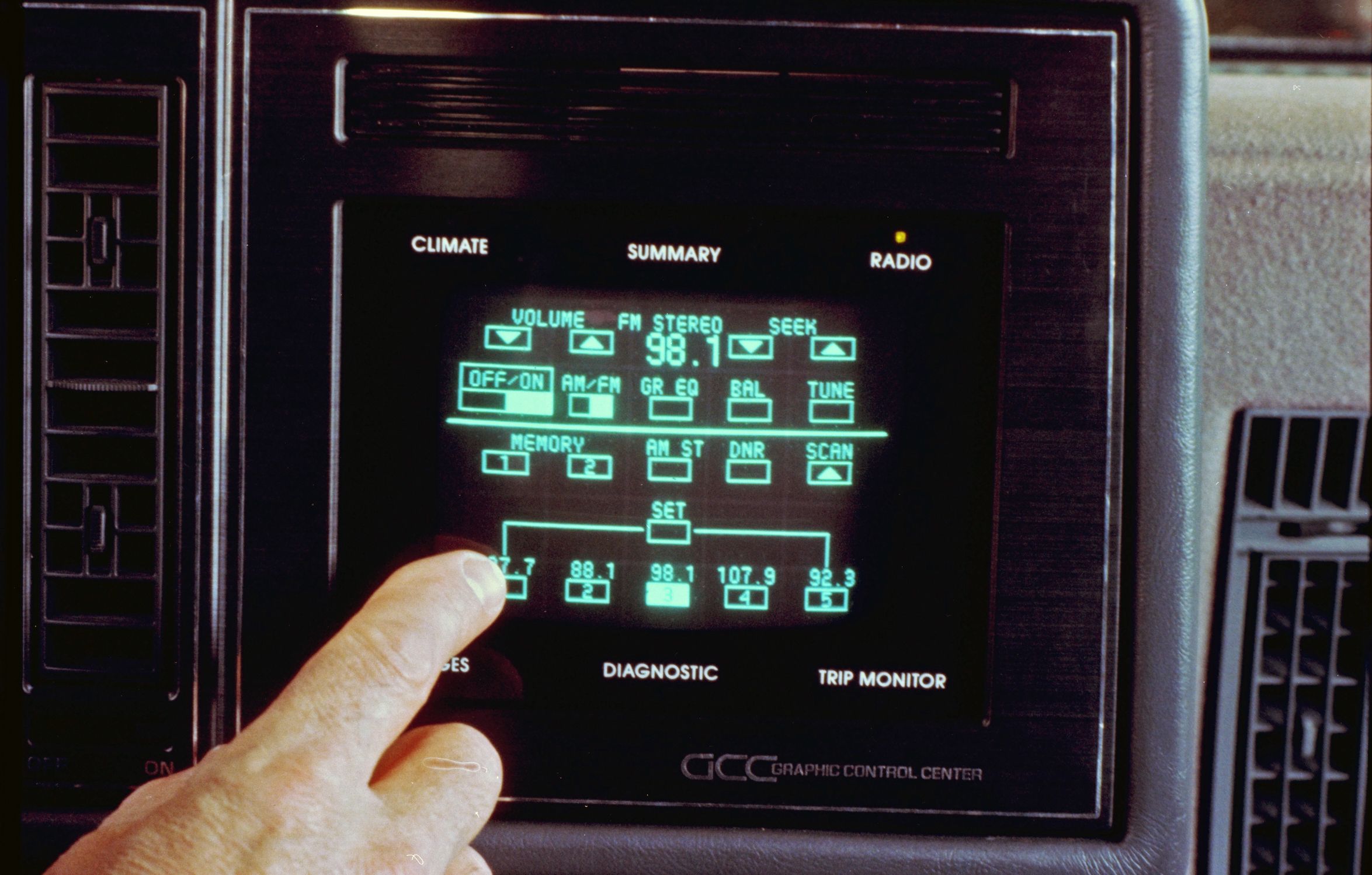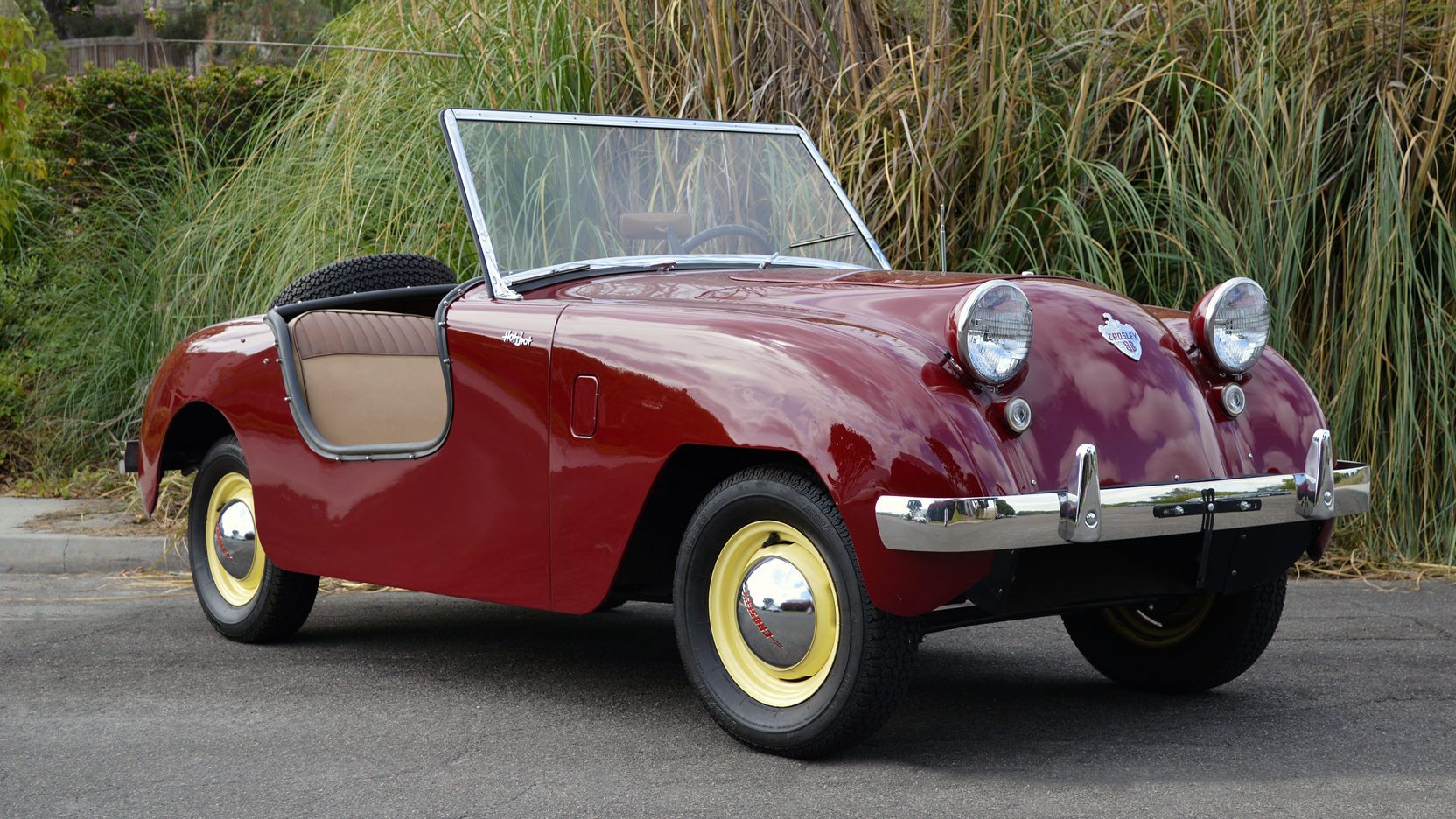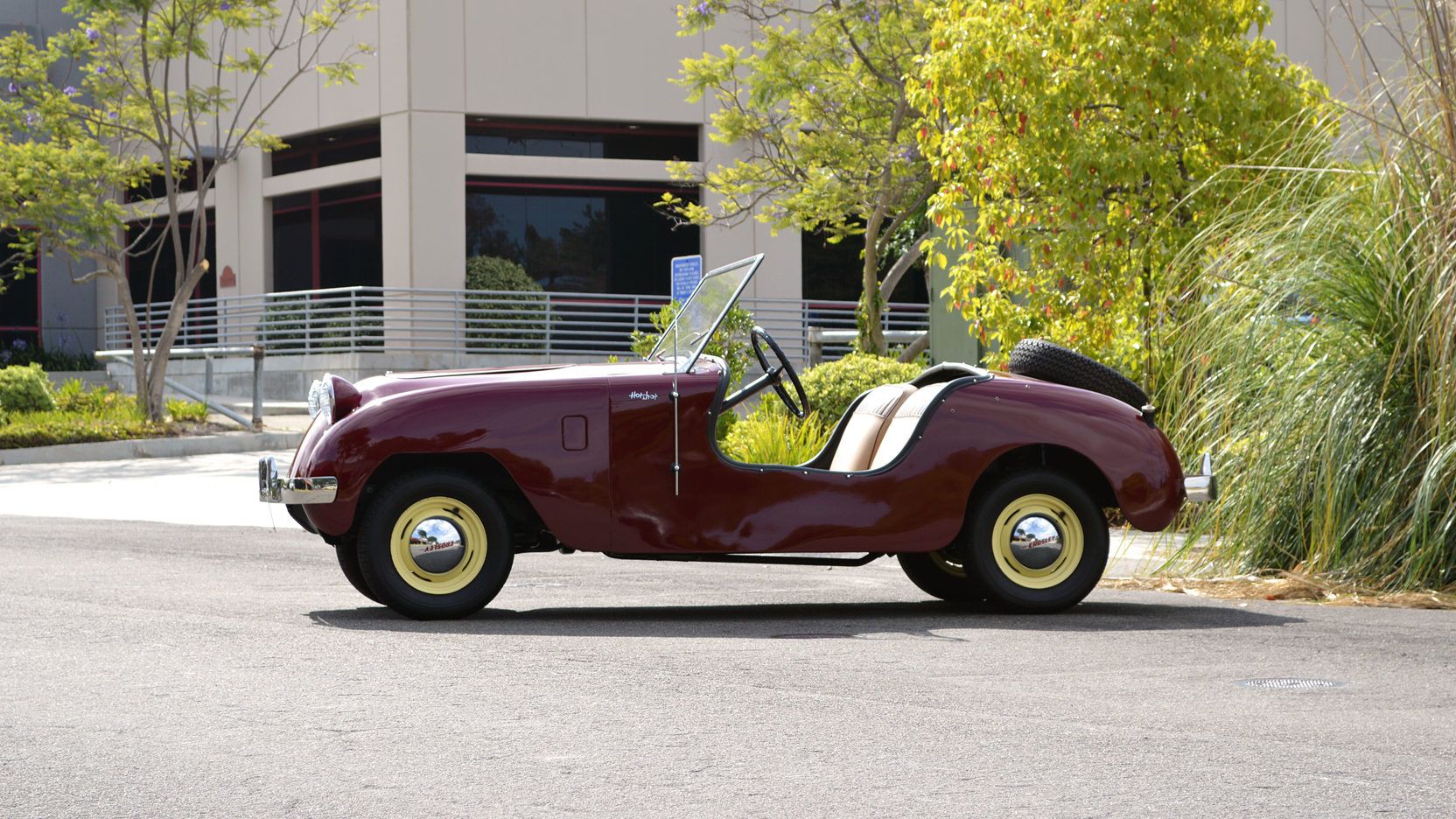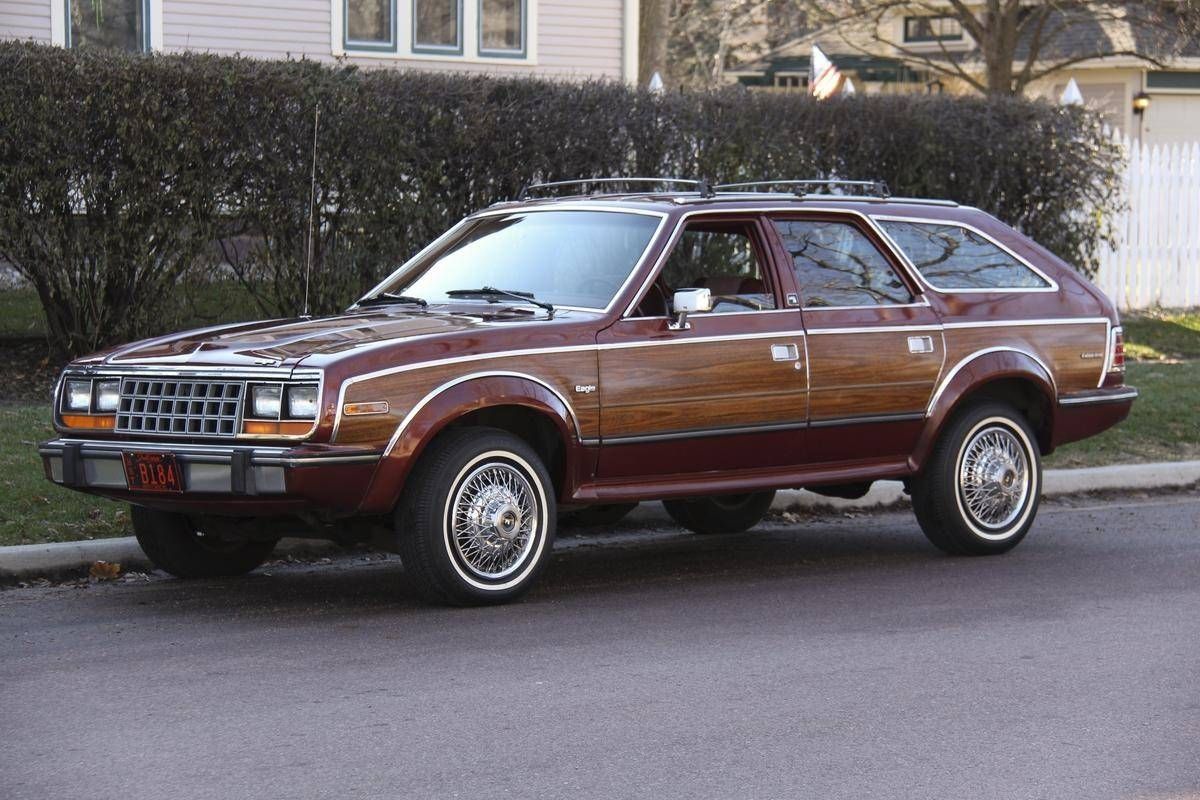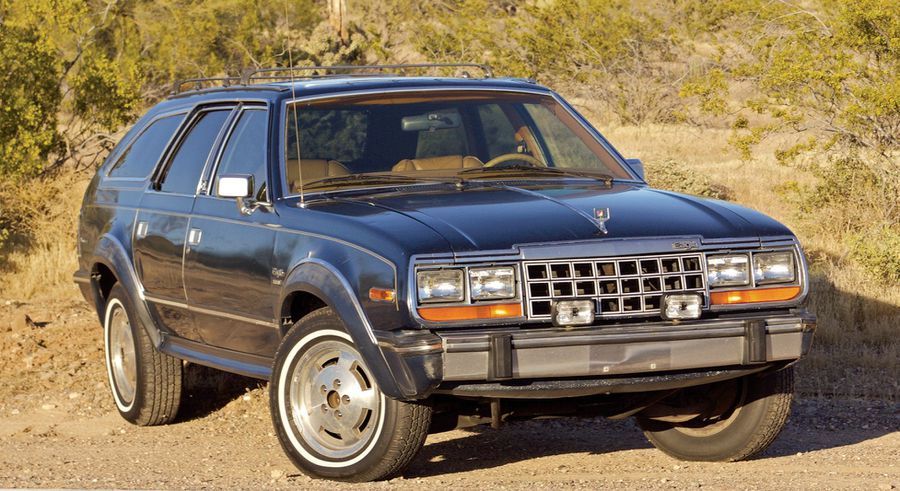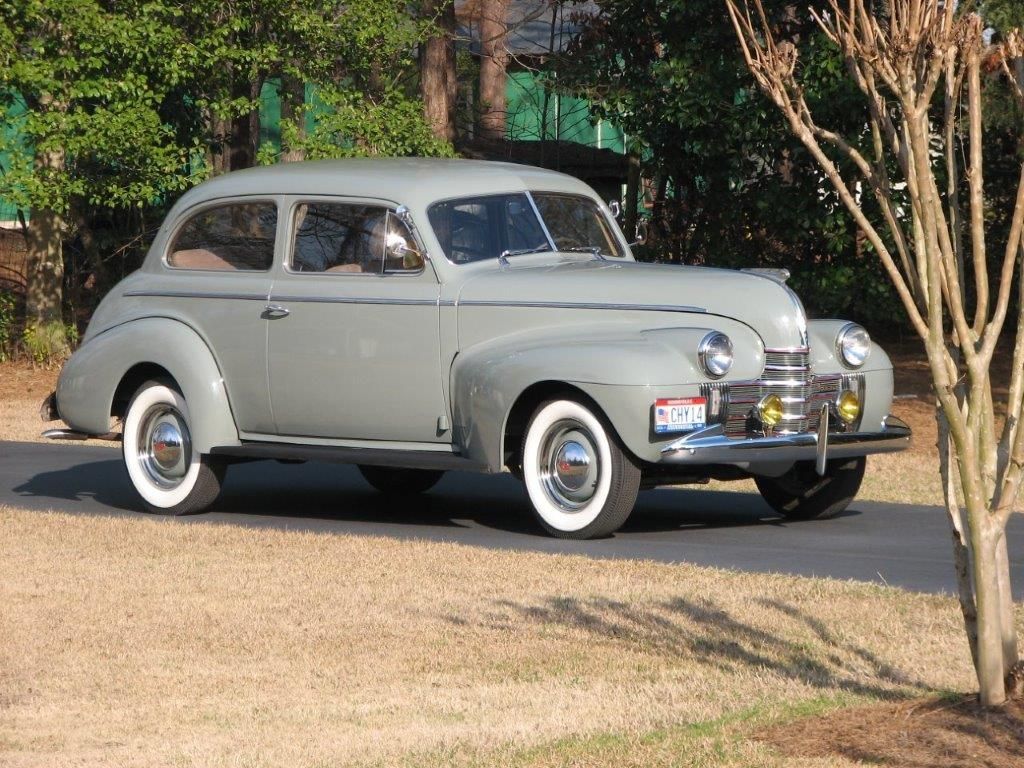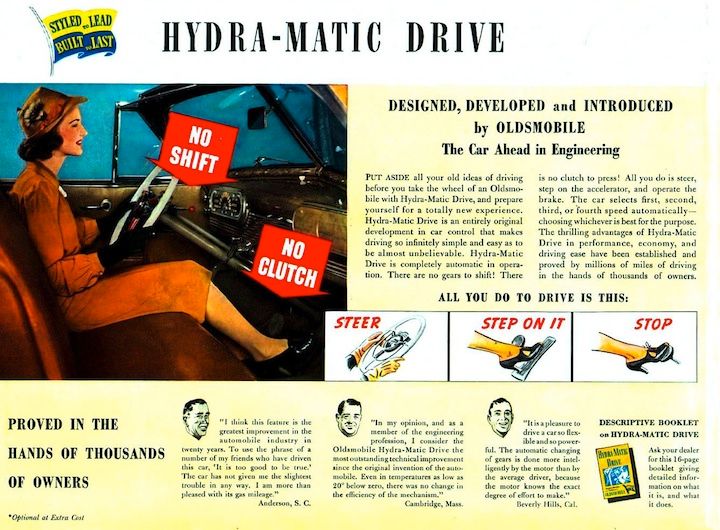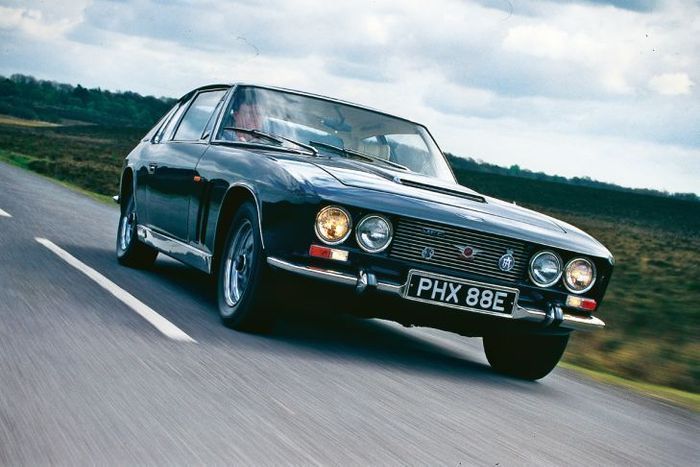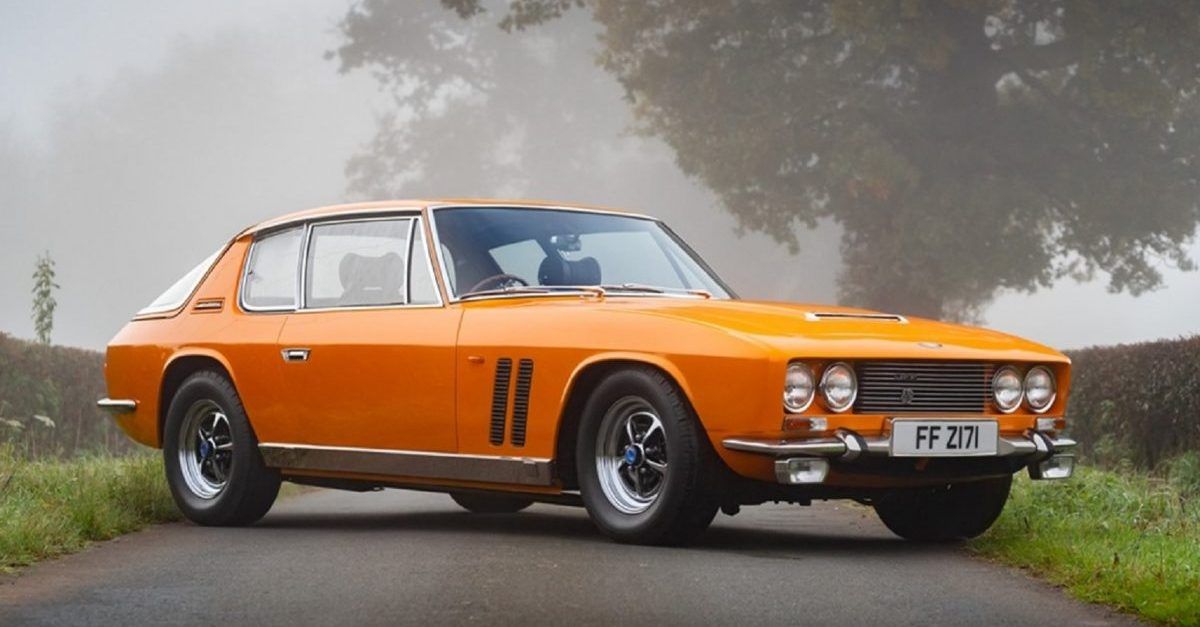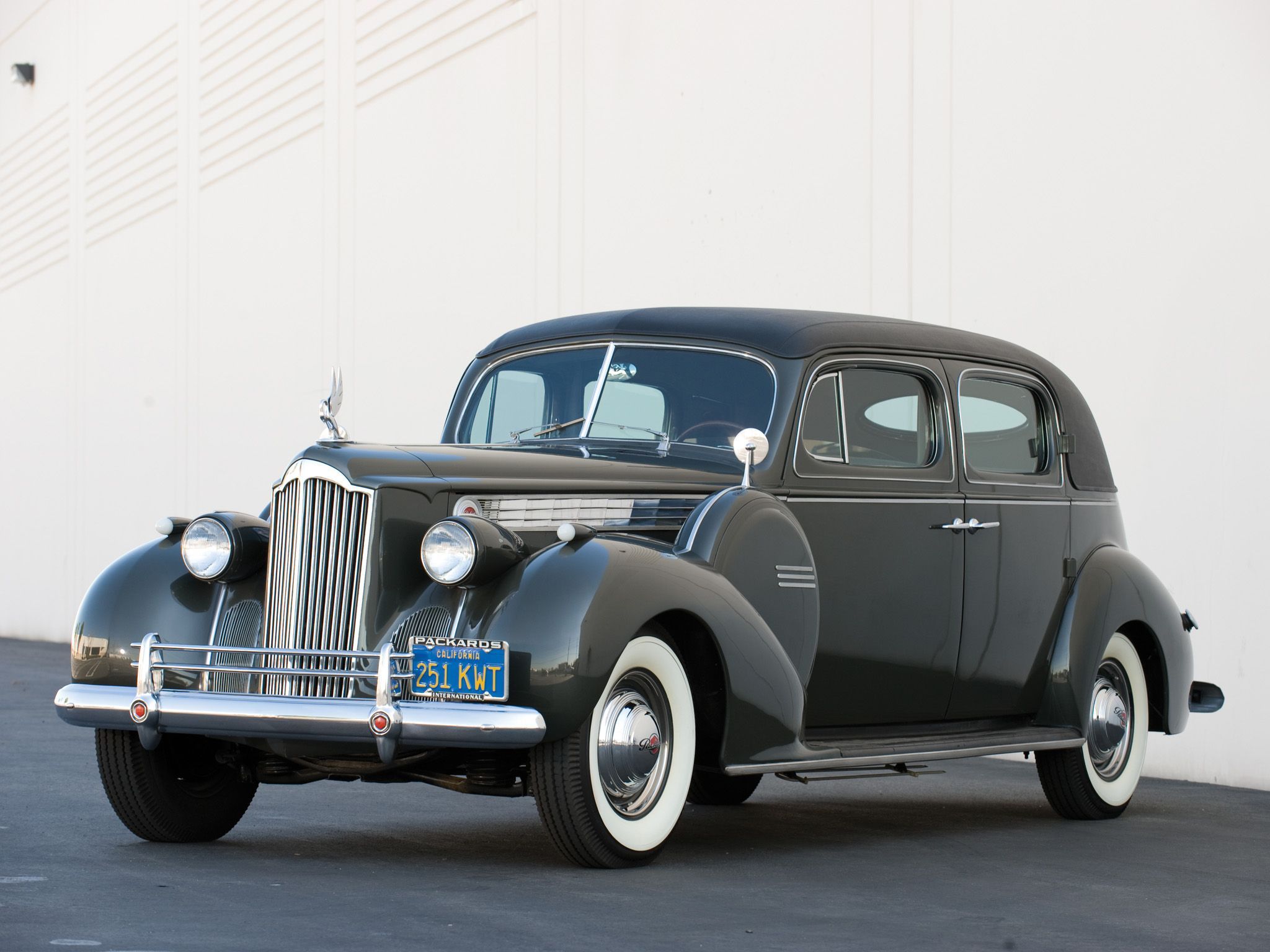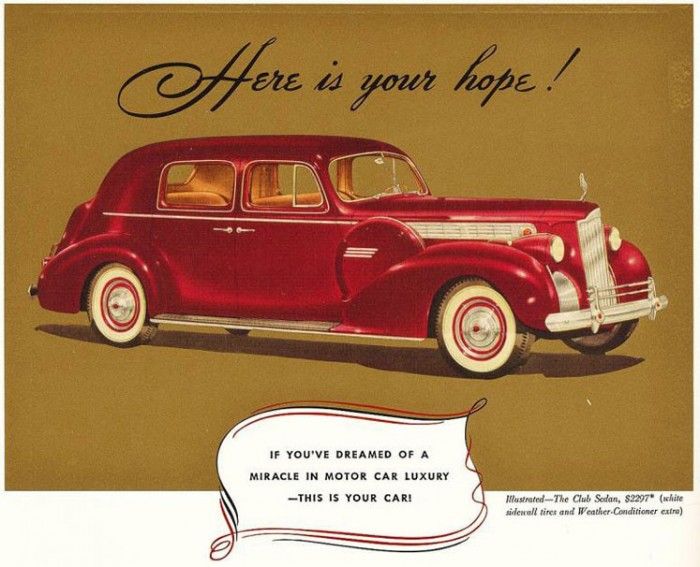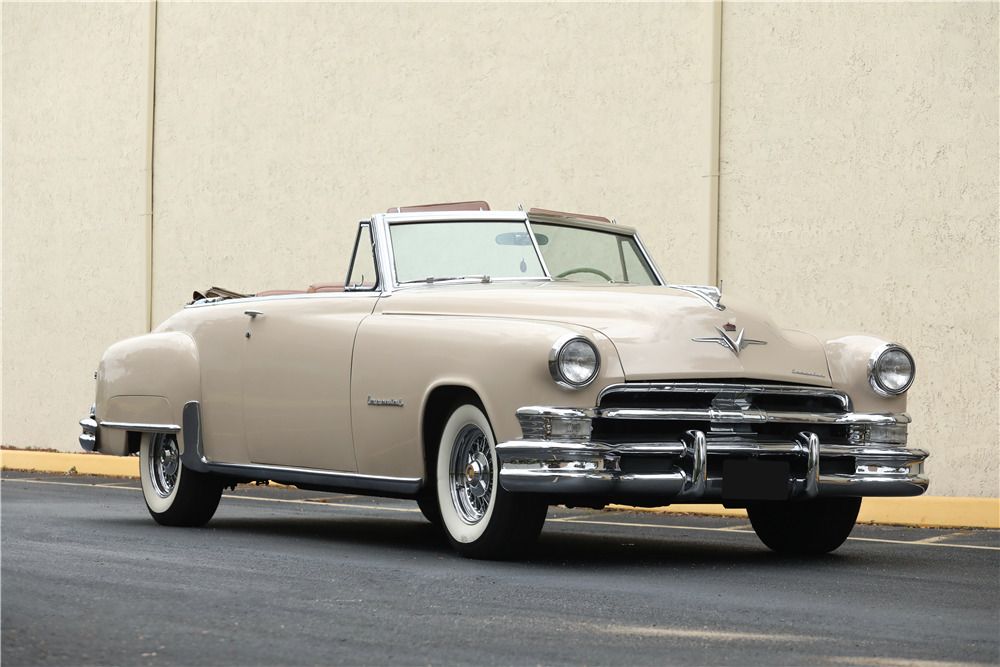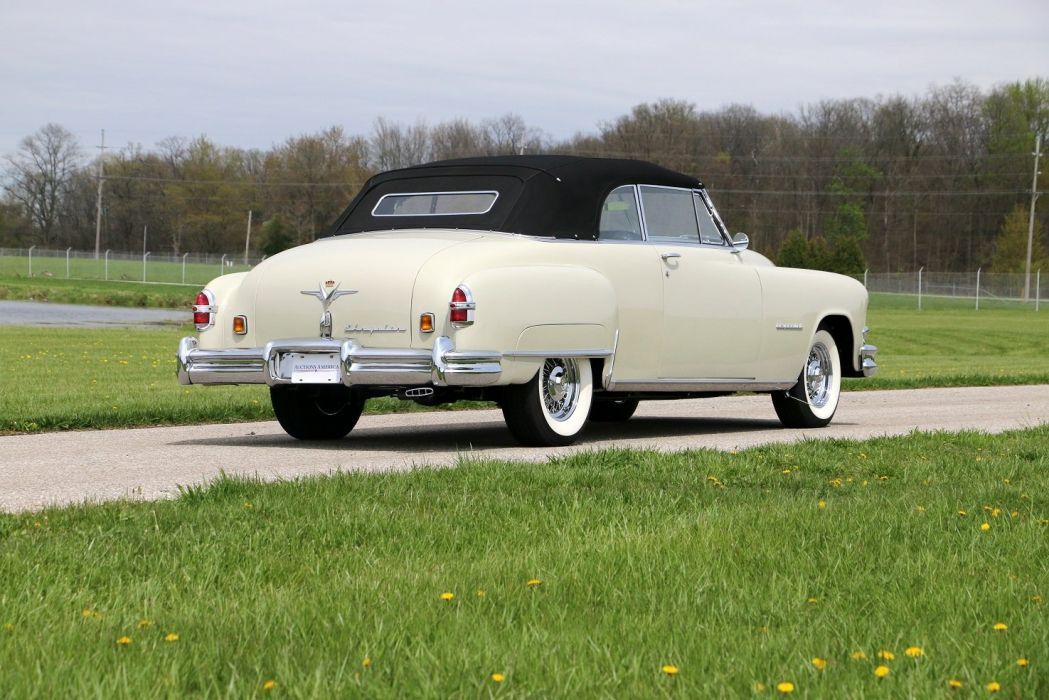The nature of technological advancements can be straightforward at times, drawing clear lines between who invented something, and where that certain something has ended up today. At other times though, and especially in the car industry, the people and machines that introduced an advancement can be forgotten in favor of another that made a more memorable impact with the technology.
Despite being the world's first car, the Benz Patent Motorwagen is often forgotten in the public consciousness, losing out to the Ford Model T which brought the technology into the hands of everyday people. There are many examples like this, where the true revolutionaries have their thunder stolen or are forgotten all-together as the technology they pioneered became commonplace and taken for granted.
These 10 cars all fit that bill, introducing new methodologies and technology to the car industry, but being almost entirely forgotten by the same industry they helped change:
10 1962 Matra-Bonnet Djet - First Mid-Engine Sports Car
Ask a car enthusiast what the first mid-engine sports car to enter production was, and their answer will most likely be the spectacular Lamborghini Miura.
With its mighty V12 engine placed in the middle, the Miura shocked the world when shown in 1966, inspiring the very image of supercars to come, and cementing the mid-engine layout as the top choice for such a car.
While not as jaw-dropping in looks as the Miura, the French made Matra-Bonnet Djet beat it to the punch, sold as a mid-engine sports car starting in 1962. Not just coming before the Miura, the Djet was the first mid-engine sports car in the world, and was also owned by the first man in space - Yuri Gagarin. Despite this, the Djet seems to be almost entirely forgotten by the car world, selling for under $50,000 at auction, vs the million dollar price tag a Miura carries.
9 1962 Oldsmobile F-85 Jetfire - First Turbocharged Production Car
When you think of turbocharged cars, typically, small-displacement Japanese or European engines come to mind. It may seem natural then, that the first turbo production car would have been a small, efficient imported design.
Yet that's far from the truth, as the first turbocharged car happened to be a V8 powered American design. Introduced in 1962, the Oldsmobile F-85 Jetfire used an aluminum "Turbo Rocket" V8 bestowed with a Garrett turbocharger that gave it up to 215 hp.
As the first production car to use a turbocharger, the Jetfire was also a rather unrefined one, needing frequent top-ups of the "Turbo Rocket Fluid" that could lead to disaster if ignored. Thanks to its finicky nature and mediocre sales, the Jetfire was mostly forgotten, with the turbo glory going to imports rather than domestic muscle.
8 1964 NSU Wankel Spider - First Rotary Engine Production Car
When it comes to Wankel rotary engines, the car world hails Mazda as the king, with cars like the RX-7 being iconic of the obscure engine. But, the Wankel rotary was not created by Mazda, nor was it first used by them.
Unveiled in 1967, Mazda's Cosmo Sport was the brand's first use of the rotary engine, packaged into an absolutely gorgeous and sporty design. But, the Wankel rotary was a German invention, and German carmaker NSU was the early leader in its use.
4 years prior to the Mazda Cosmo, in 1963, NSU showed off a rotary-powered car based on their Prinz Sport, called the Wankel Spider, and put it into production in 1964. While the Wankel Spider was the first production rotary-powered car in the world, it was filled with flaws regarding its engine (later ironed out by Mazda) that doomed it to sell poorly when new, and fade into obscurity as time went on and Mazda made the Wankel rotary a well-known name.
7 1986 Buick Riviera - First In-Car Touch Screen
A staple of the tech features found in new cars today, touch screen infotainment systems have come a long way, packing a ton of functionality and cutting edge designs at an arm's reach.
What was truly cutting edge in the '80s though, was this Buick. A product of the "Malaise" era, the Buicks of the '80s were mostly forgettable, being rather un-inspired designs with cookie-cutter technology and engineering. Yet, the 1986 Buick Riviera set itself apart with one unique and advanced piece of technology.
The first car to use a touch screen system, the 1986 Riviera was decades ahead of its time. Using crude (relative to today) CRT technology, and a touch sensor that was not much more than a sheet of polyester, the Riviera's touch screen could control aspects of the car like the radio and climate control. Yet, with how advanced modern touch screen systems are, it's not hard to see why Buick's was mostly forgotten.
6 1949 Crosley HotShot - First American Sports Car
A title often given to the Chevy Corvette, the Crosley HotShot may have paled in comparison to the beautiful styling and power of the Corvette, but beat it to market by several years.
A maker of rather innovative small cars, Crosley had made several vehicles like a utility wagon and pickup truck using a similar barebones platform to each other. In 1949 though, they decided to turn that platform into something fun and sporty.
Weighing around 1,100 lbs, and packing a tiny 26 hp engine, the Crosley HotShot had moderate motorsport success and sold around 2,500 units from 1949 to 1952 - when production was discontinued. Affordable, fun, and made in America, the HotShot was released 4 years prior to the Corvette's 1953 debut, but its small and barebones nature makes it forgettable in the face of the C1 Corvette's beauty and power.
5 1980 AMC Eagle - First Crossover SUV
One of the hottest segments for new cars today, crossover SUVs combine the practicality, and lifted all-terrain capabilities of a full SUV, with a smaller car-based platform.
While Subaru's Outback wagon is better remembered as one of the first consumer vehicles to embrace this formula, AMC beat them to it by over a decade. Taking the Hornet based Concord, lifting the suspension by three inches, adding bigger wheels, and a 4 wheel drive system, the AMC Eagle checks all the boxes for what makes a car a crossover. Despite being released in 1980, predating every other crossover SUV in existence, the Eagle isn't well known as such, having faded into obscurity alongside most of AMC's cars.
4 1940 Oldsmobile - First Automatic Transmission
For better or for worse - depending on how you like to drive, automatic transmissions have taken over the new car market, replacing stick shift as the "standard" transmission for most cars.
Thanks to their truly awful cars of the '80s and '90s, most people tend to forget just how much innovation Oldsmobile introduced to the car industry. Among that list is the first muscle car, and (previously mentioned) first turbocharged car, as well as the first automatic transmission.
While a couple of attempts at automatic shifting transmissions came before, none were true automatics. Similarly, Oldsmobile themselves had attempted an automatic transmission in 1937, yet failed to have it be fully automatic. In 1939 though, the previous system was perfected, now called the "Hydra-Matic" transmission. Sold in Oldsmobile's 1940 car lineup like the Series 60, the system was truly revolutionary. Yet, the Oldsmobile cars equipped with Hydra-Matic transmissions are often forgotten when it comes to their massive contribution to the car industry.
3 Jensen FF - First 4WD System In A Road Car
When it comes to road-going cars that popularized 4WD, Audi's Quattro tends to be the standout, making the drive layout legendary through rally competition.
But, Audi wasn't the first to bring the technology to production cars, instead, the British Jensen FF lays claim to that mark. Released in 1966, the Jensen FF was a marvel of advanced technology for the time, featuring incredibly rare features for its day like all-around disc brakes, and ABS, as well as a luxurious interior.
Using a 330 hp Chrysler V8, the Jensen FF was also fast, made better by its competitors, and first of its kind, 4WD system that made the car handle predictably, and with great grip. Despite predating Audi's Quattro to claim the first 4WD road car spot, the Jensen FF is a rather obscure British classic, remembered by few people save for enthusiasts of the brand.
2 1940 Packard 180 - First Air Conditioning System
While not a glamorous or performance-oriented first, Packard introduced perhaps one of the most important features to cars when it comes to interior comfort.
While attempts had been made in the past, no true in-car AC system had been brought to market prior to 1939, with many being inefficient and not all that useful. As one of the premier American luxury car brands though, Packard set out to change that, introducing the first true car-based air conditioner in their 180 sedans at the 1939 Chicago Auto Show. Despite being one of the most used features, and found in almost every car today, Packard is often forgotten when thinking about how this feature ended up in your car.
1 1951 Chrysler Imperial - First Power Steering
Another first that is often taken for granted today, prior to power steering, a car would either be an intense arm workout at slow speeds or sacrifice steering response thanks to low gearing that made it manageable.
As one of Chrysler's top-end luxury cars, the Imperial was a big and heavy behemoth, later becoming its own brand as a distinct luxury cruiser. As one of the premier luxury cars, the Imperial packed in many advanced features for its day, and among them was the "Hydraguide" power steering system, introduced on the 1951 Imperial as the world's first power steering system. Fitting, that a large land-yacht of a car would be the first to have it, yet it's a contribution that's mostly been forgotten.


